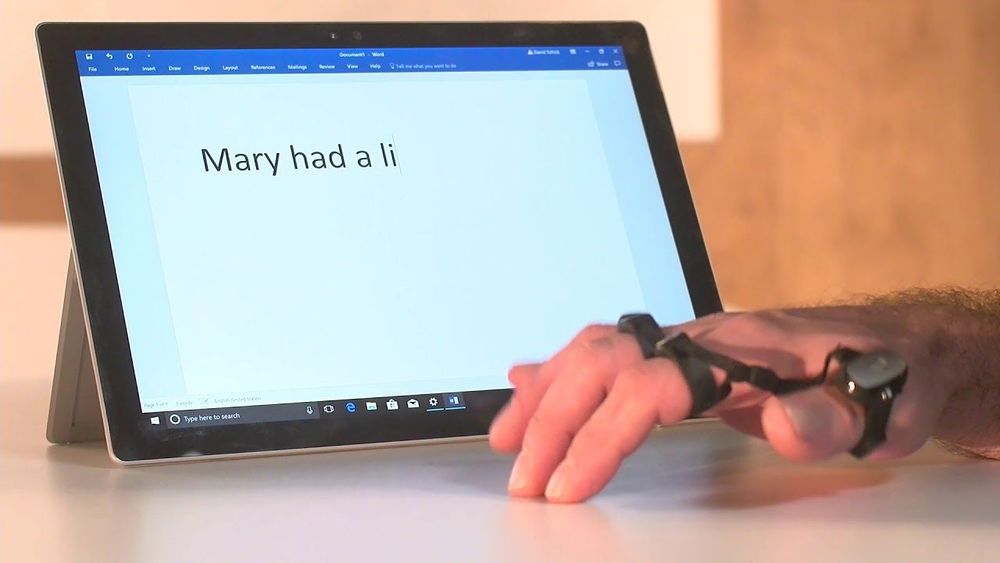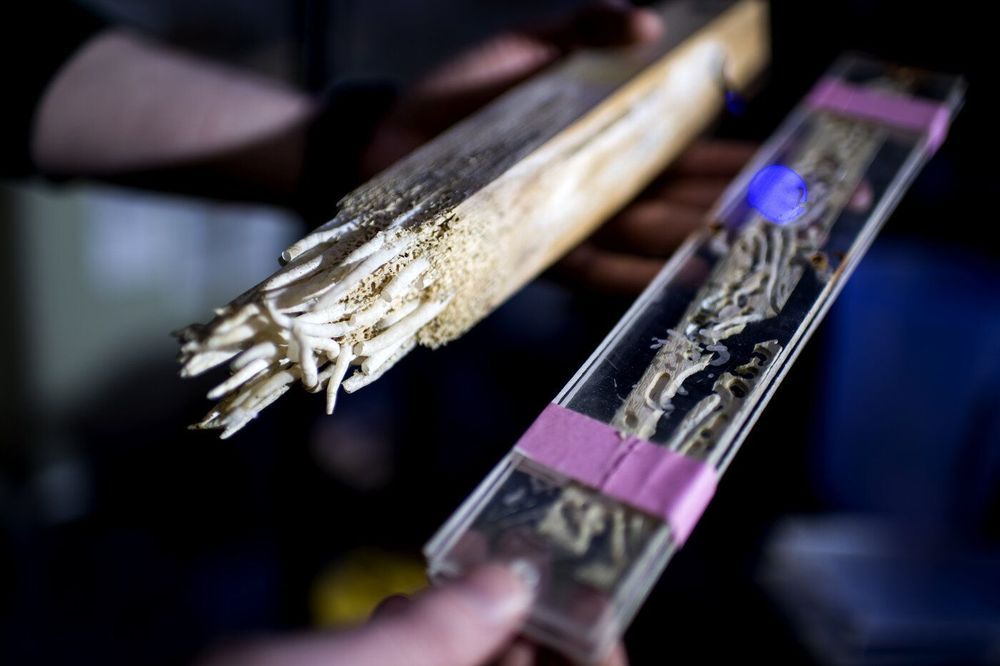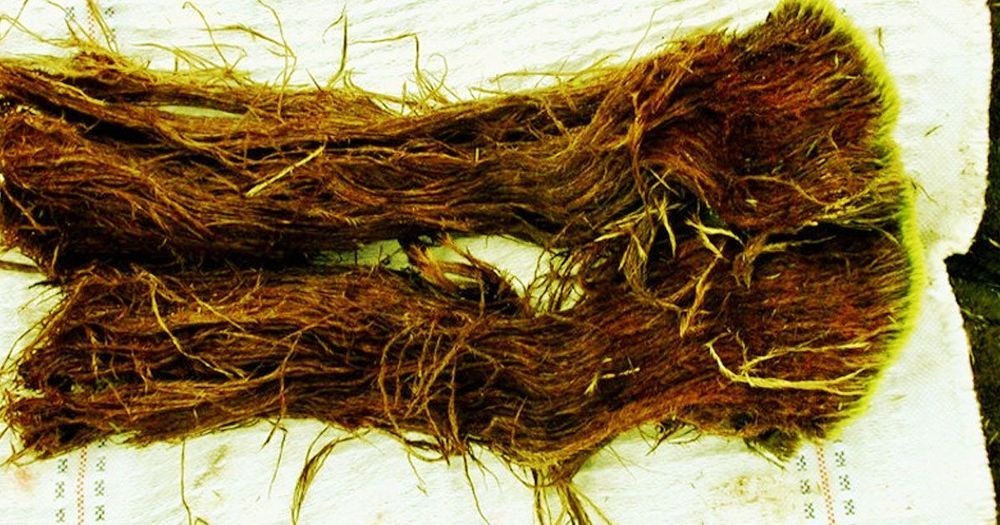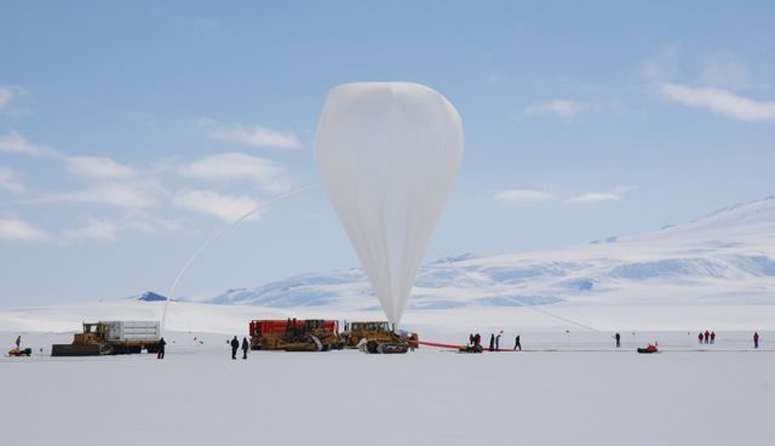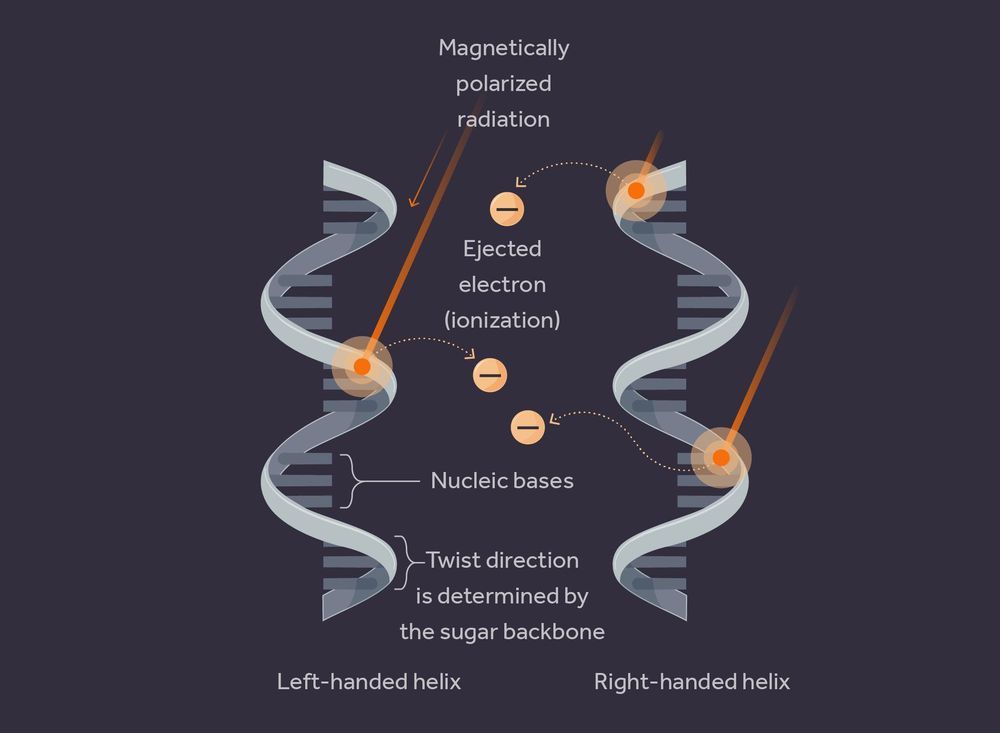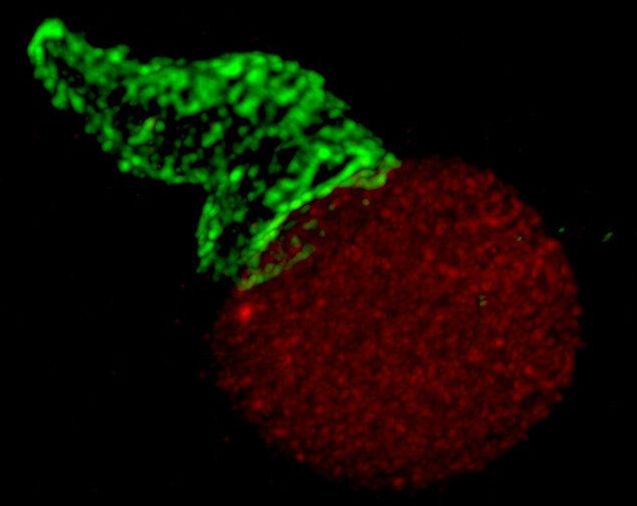How will we interact with our electronic #devices in the #future? https://bit.ly/2Tm59F6
Touchscreens, keyboards and mice are the three dominant ways for us to interact with our devices in modern times. However, with the development of some new technologies (including #VoiceControl, #BrainComputerInterface, #brainwaves control, #gesture control, muscular signals interpretation and so forth), many start to ask: What will be the next way for us to talk to our machines?
In this article, we will first introduce some potential alternatives of touchscreens, keyboards and mice. Then, a picture about what a future device should be like will be provided.
#technology #innovation #ConsumerElectronics
